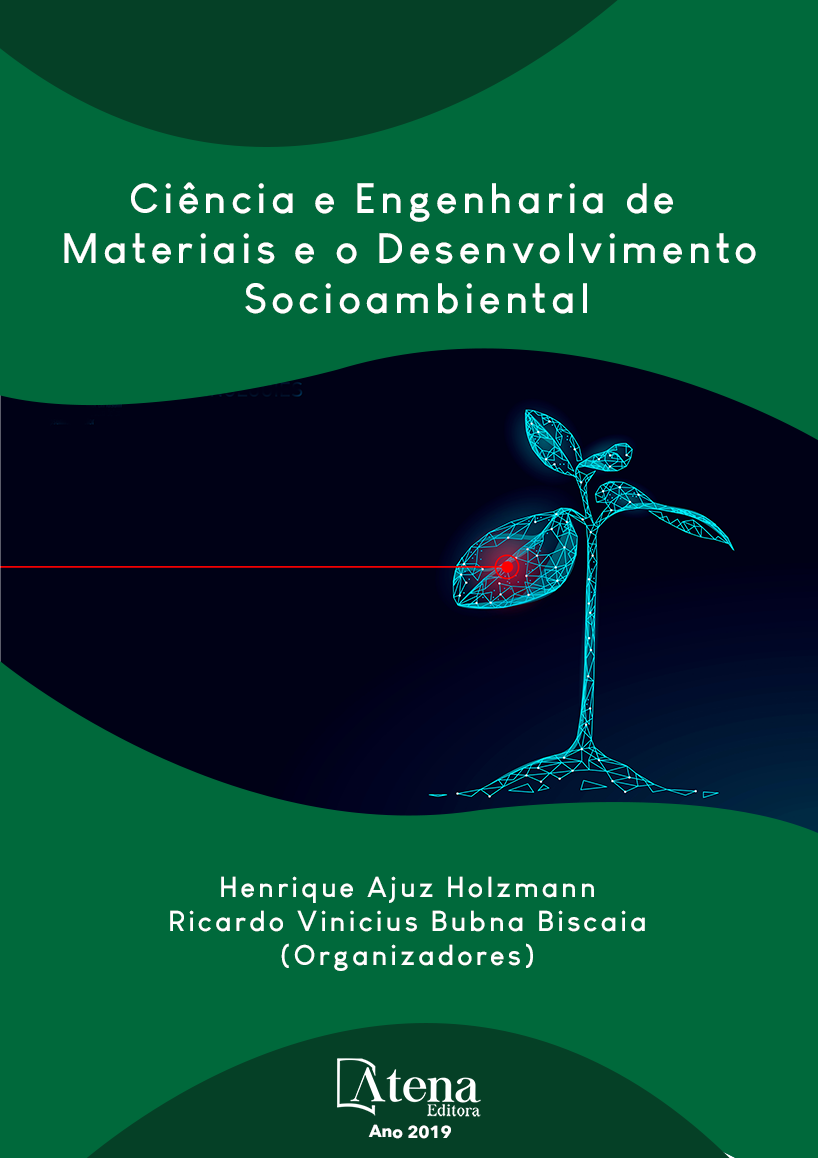
ESTUDO DA INFLUÊNCIA NA CONCENTRAÇÃO DE FIBRAS DE POLIPROPILENO NO CONCRETO DE ALTA RESISTÊNCIA
O uso do concreto de alta resistência (CAR), além de proporcionar à construção civil um avanço tecnológico, pode ser mais vantajoso do ponto de vista econômico, o uso deste tipo de concreto na execução de edifícios permite reduzir as seções de pilares e vigas, o que consequentemente resulta em uma maior velocidade de execução, bem como na redução da carga permanente da estrutura. Essas vantagens do concreto de alta resistência podem ser otimizadas adicionando, na mistura, fibras de polipropileno. Com isso, este trabalho tem como objetivo avaliar as propriedades mecânicas e a consistência do concreto de alta resistência com adição de fibras de polipropileno na mistura. Para tal foram moldados três corpos de prova cilíndricos, rompidos aos 28 dias para o ensaio de resistência à compressão e três para compressão diametral, para cada uma das seis dosagens com concentrações de 0; 0,5; 1,0; 1,5; 2,0; 2,5% de fibras de polipropileno, em relação ao peso do cimento, além disso foi verificada a consistência do concreto através do slump test. Constatou-se através deste estudo que adicionando-se fibra de polipropileno no concreto de alta resistência pode-se acarretar em um aumento na resistência à compressão e compressão diametral, mas uma diminuição na trabalhabilidade com o aumento da concentração de fibra de polipropileno na mistura, verificado pelo slump test. ESTUDO DA INFLUÊNCIA NA CONCENTRAÇÃO DE FIBRAS DE POLIPROPILENO NO CONCRETO DE ALTA RESISTÊNCIA
-
Palavras-chave: Concreto de alta resistência; Resistência à compressão, Resistência à compressão diametral; slump test; Fibra de polipropileno.
-
Keywords: High-strength concrete; Compressive strength, Diametral compression strength; slump test; Polypropylene fiber.
-
Abstract:
The use of high strength concrete (CAR), in addition to providing the construction industry with a technological advance, may be more economically advantageous, the use of this type of concrete in the execution of buildings reduces the sections of pillars and beams, which consequently results in a higher speed of execution as well as in the reduction of the permanent load of the structure. These advantages of high strength concrete can be optimized by adding polypropylene fibers in the blend. Therefore, the objective of this work is to evaluate the mechanical properties and consistency of high strength concrete with the addition of polypropylene fibers in the mixture. For this, three cylindrical specimens, ruptured at 28 days for the compression strength test and three for diametrical compression, were molded for each of the six dosages with concentrations of 0; 0.5; 1.0; 1.5; 2.0; 2.5% of polypropylene fibers, in relation to the weight of the cement, in addition the concrete consistency was verified through the slump test. It was verified through this study that adding polypropylene fiber in high-strength concrete can lead to an increase in the compressive strength and diametral compression, but a decrease in the workability with the increase of the concentration of polypropylene fiber in the mixture, verified by the slump test. -
Número de páginas: 12
- Thays Mabelly Bezerra e Silva
- Kássia Hellen Souza de Oliveira
- João Marcos Lima Veras
- Joaquim Lucas de Souza Paixão
- João Emmanuel Alves Oliveira
- Wendel Melo Prudêncio de Araujo


